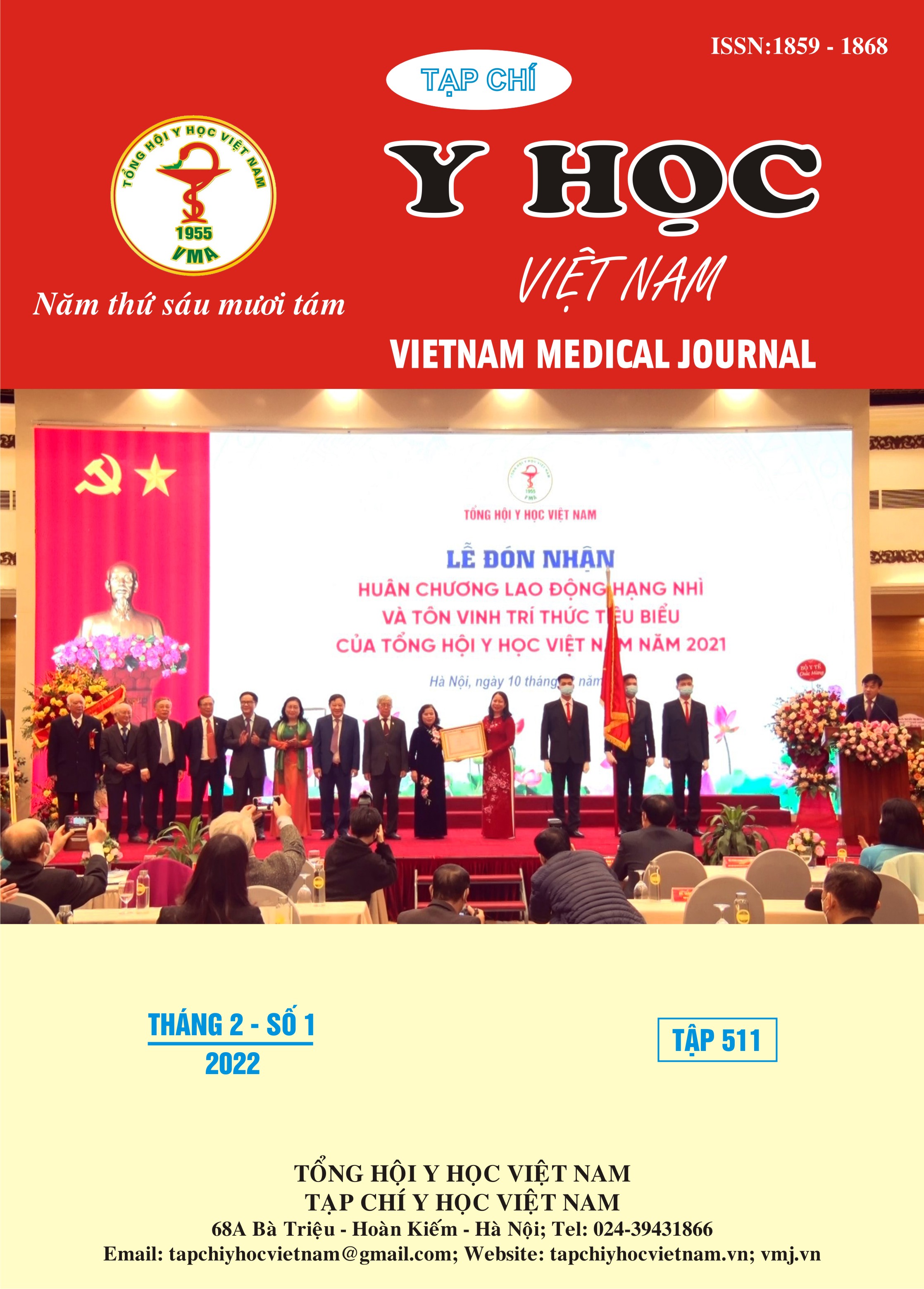CLINICAL EPIDEMIOLOGICAL CHARACTERISTICS AND TREATMENT RESULTS IN CHILDREN WITH CARDIAC ARREST AT THE NATIONAL CHILDREN'S HOSPITAL
Main Article Content
Abstract
Objective: To study the clinical epidemiological characteristics and treatment results in children with cardiac arrest at the National Children's Hospital. Methods: A cross-sectional study in children over 1 month of age with cardiac arrest at the National Children's Hospital during 6/2018-5/2019. Results: Study on 102 patients with cardiac arrest: Male/female ratio is 1.04, patients in urban areas are more than in rural areas, mainly in the age group under 1 year old (43.1%), the prevalence of underlying diseases accounted for 56.9%, of which cardiovascular diseases accounted for the highest rate (34.5%). The primary site of cardiac arrest occurred in the emergency department (49%) and the intensive care unit (43.1%), intra-hospital cardiac arrest (68,.6%) and out-hospital cardiac arrest (31.4%). Clinical manifestations before cardiac arrest require respiratory support (92.1%), circulatory failure (78.6%), and unconsciousness (92.2%). Manifestations of cardiac arrhythmias in cardiac arrest were mainly due to asystole (95.1%). Patients successfully resuscitated after cardiac arrest were 64.7% but the rate of death (44,1%) and withdraw of treatment (31.4%). Conclusion: Cardiac arrest is more common in the age group under 1 year, accompanied by underlying disease, mostly cardiovascular disease, usually occurs in emergency department, mainly asystole and very high mortality.
Article Details
Keywords
Cardiac arrest, mortality rate, asystole
References
2. I. K. Maconochie, R. Bingham, C. Eich et al (2015). European resuscitation council guidelines for resuscitation 2015: section 6. Paediatric life support. Resuscitation, 95, 223-248.
3. Martin Samuels and Sue Wieteska (2016). Advanced Paediatric Life Support., Sixth Edition.
4. M. Matamoros, Rodriguez, R., Callejas, A., Carranza, D., Zeron, H., Sánchez, C., ... & Iberoamerican Pediatric Cardiac Arrest Study Network RIBEPCI (2015). In-hospital pediatric cardiac arrest in Honduras. . Pediatric emergency care, 31(1), 31-35.
5. J. López-Herce, García, C., Domínguez, P., Carrillo, A., Rodríguez-Núñez, A., Calvo, C., ... & Spanish Study Group of Cardiopulmonary Arrest in Children (2004). Characteristics and outcome of cardiorespiratory arrest in children. Resuscitation, 63(3), 311-320.
6. S. Girotra, B. K. Nallamothu, J. A. Spertus et al (2012). Trends in survival after in-hospital cardiac arrest. New England Journal of Medicine, 367(20), 1912-1920.
7. A. G. Reis, Nadkarni, V., Perondi, M. B., Grisi, S., & Berg, R. A (2002). A prospective investigation into the epidemiology of in-hospital pediatric cardiopulmonary resuscitation using the international Utstein reporting style. Pediatrics, 109(2), 200-209.
8. J. López-Herce, J. del Castillo, S. Cañadas et al (2014). In-hospital pediatric cardiac arrest in Spain. Revista Española de Cardiología (English Edition), 67(3), 189-195.


